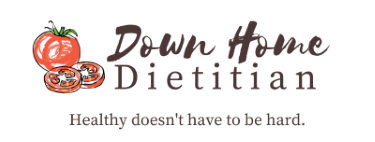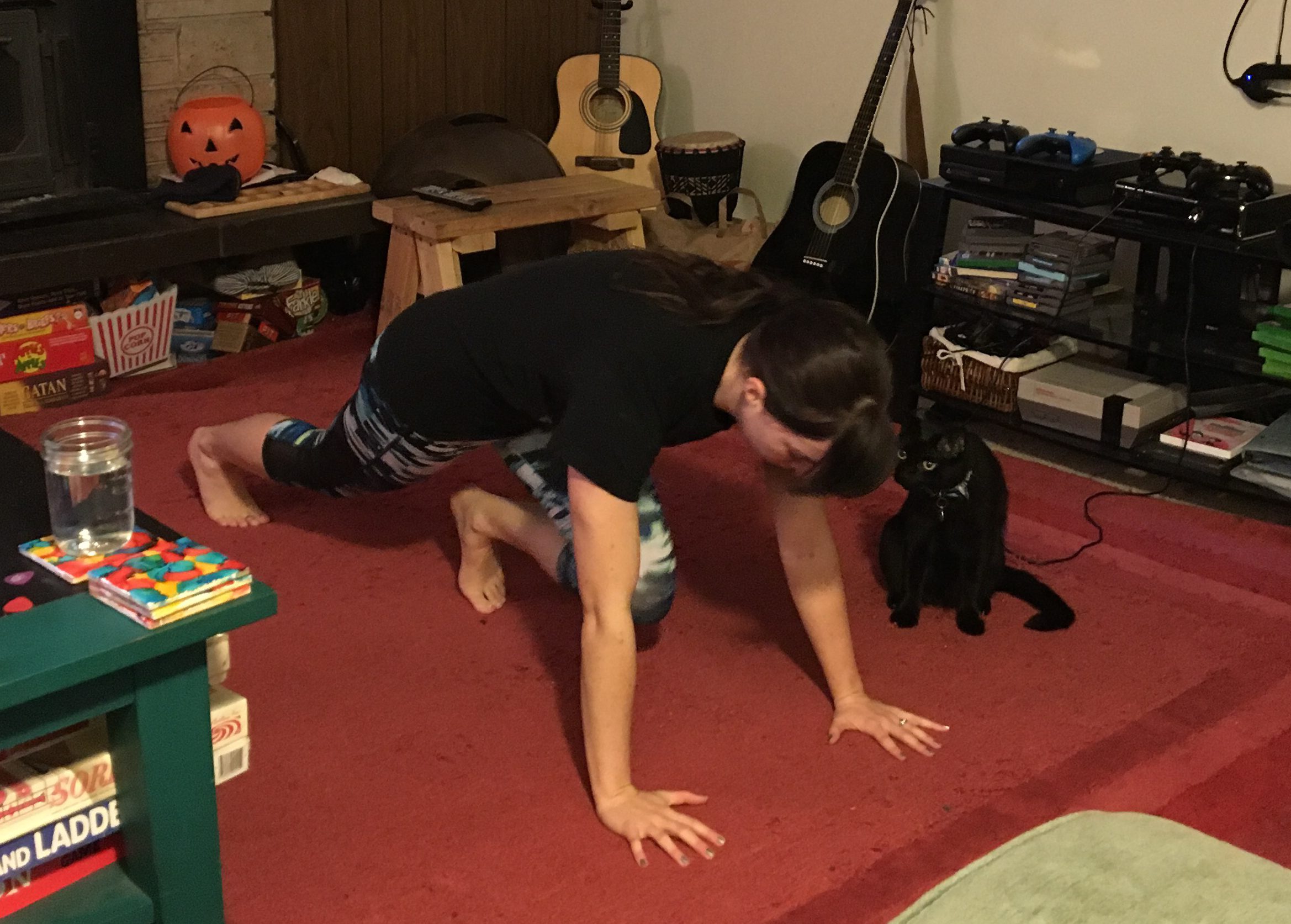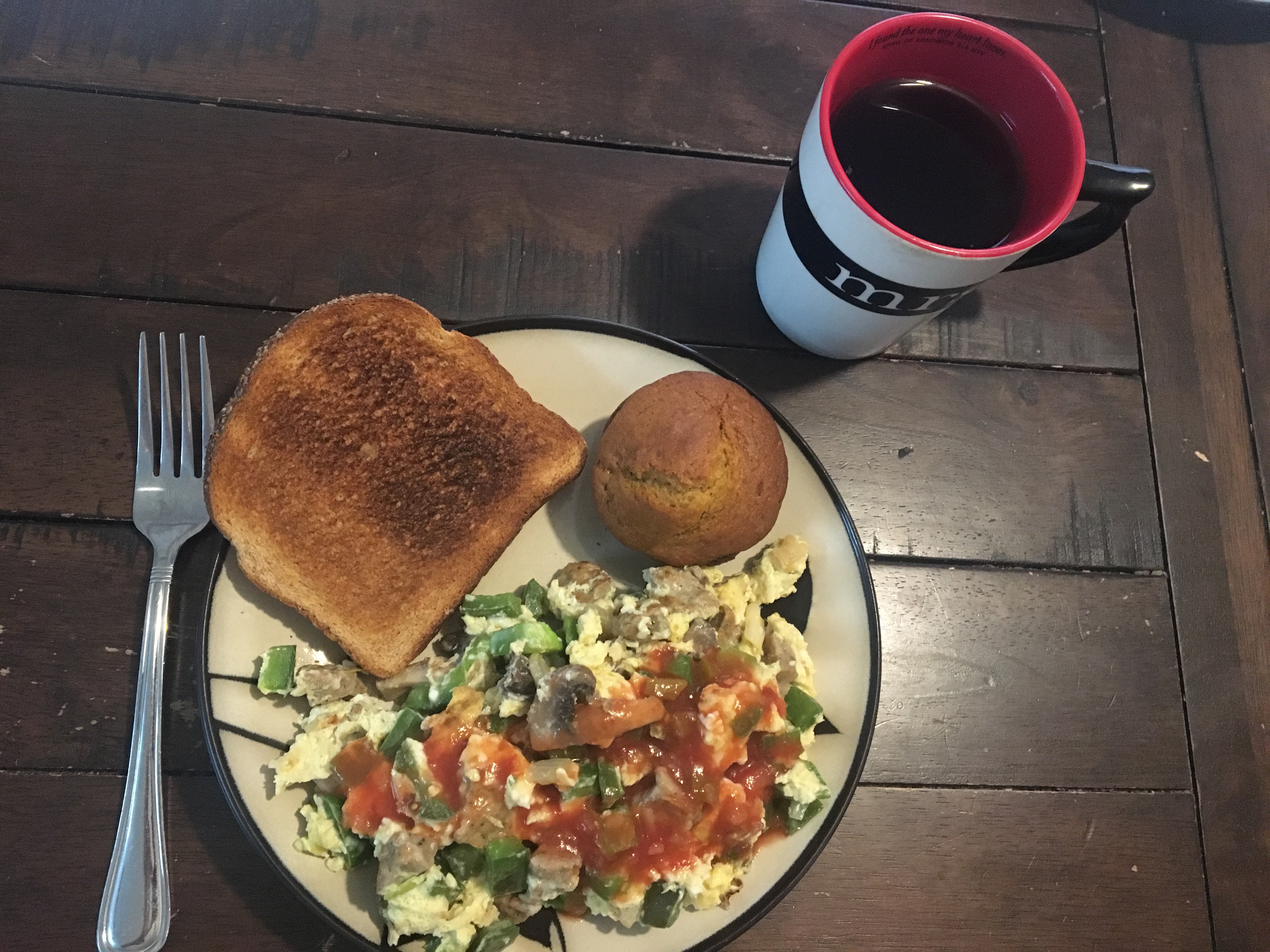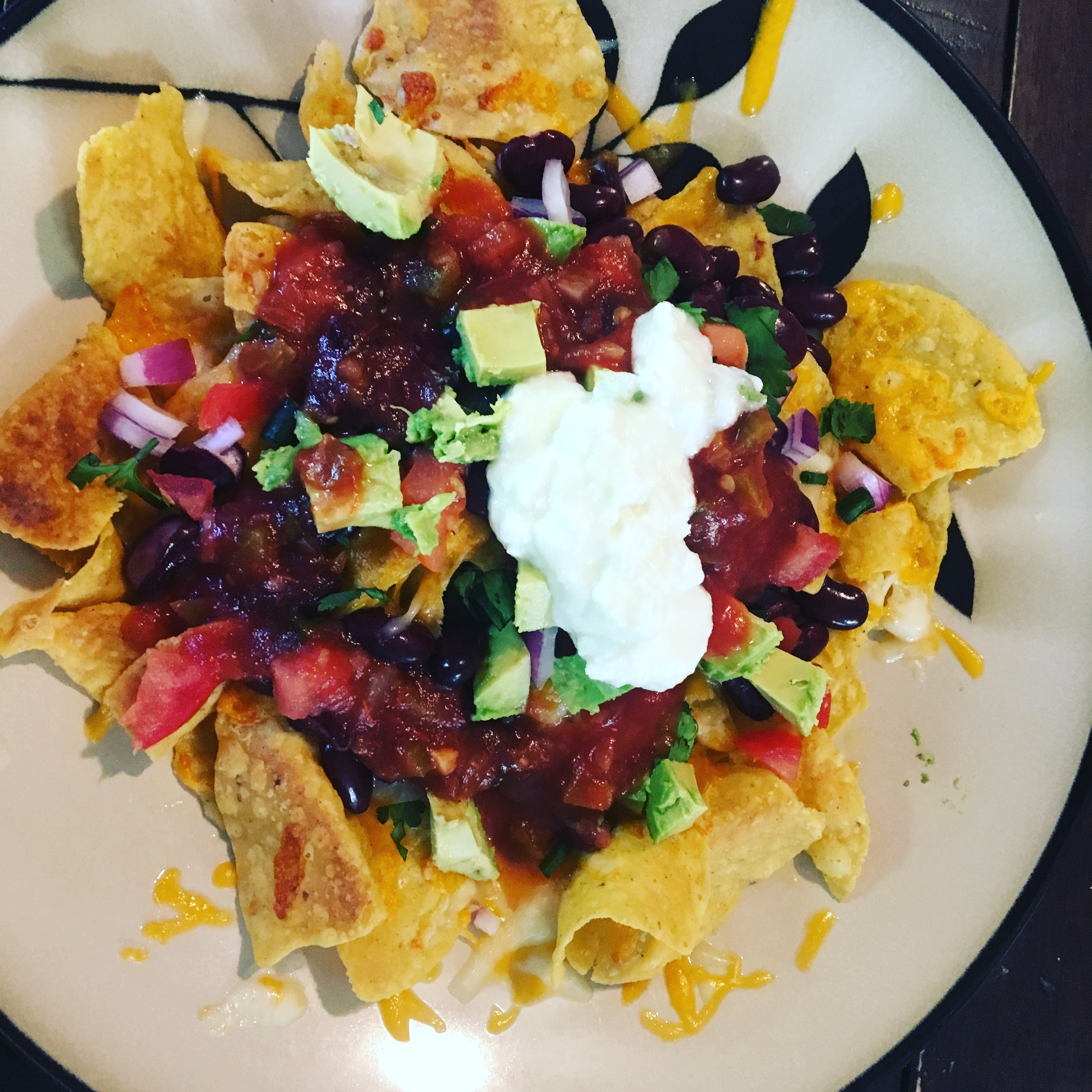And just like that, 3 weeks of intermittent fasting is over. In the last week, I changed the structure of my intermittent fasting a little bit. I followed a pre-made intermittent fasting plan that had a 12 pm – 8 pm eating window and planned meals and workouts. The workouts were more targeted for fat loss and not for muscle building (which were my goals with my previous workouts). Changing the workouts allowed me to aim for slightly lower calorie goals since losing fat requires fewer calories than gaining muscle.
Let’s review the entire three weeks, shall we?
How it Went:
Unfortunately, I did not enjoy the experience of intermittent fasting. I’m a lifelong breakfast eater – can’t even remember ever skipping one – so not eating until 10 am or noon (depending on my window) was pretty miserable. I was super hungry, weak, and tired in the mornings, and I noticed that I was more tired as the three weeks went on. I’m not sure if this was related to the eating schedule itself or not, because I also realized that throughout the three weeks I ate fewer vegetables than normal. This was sort of an interesting “side effect” of the eating schedule. Because I was trying to fit all my macros in a small window (and was full throughout most of that window), I ate vegetables less often because I didn’t have space for them! For the most part, vegetables have very few macronutrients (carbs, protein, or fat) and a lot of micronutrients (vitamins and minerals). I often recommend clients increase vegetable intake to help with fullness without adding a lot of calories or macronutrients – the opposite happened here! I was so full throughout the eating window that I strayed away from veggies and towards things that were going to help me meet my macro goals. As a result, my vitamin and mineral intake was much lower than normal, and could definitely have caused my tiredness.
One positive change I noticed is that I liked not eating later in the evening. There are reasons to avoid eating close to bedtime, and having a set time that my eating window “closed” prevented me from going to bed on a stomach full of energy I didn’t need, as well as habitual (not hunger-driven) nighttime snacking and desserts. I usually felt pretty good in the evenings.
As a side note, I love to cook and eat food in general, but I tended not to look forward as much to eating because I was either hungry and waiting to eat or full and had to eat anyway. Eating this way was much less enjoyable and satisfying for me than intuitive eating on a schedule that works well for my body.
What I Learned:
While reviewing the research on intermittent fasting this week, I discovered that researchers have almost exclusively studied alternate day or 5:2 fasting protocols rather than the 16:8 protocol that I followed. If you’re confused about what those protocols mean, check out this post. I wish I would have read through more research before I started, because I might have followed those protocols instead just to match the research.
From a dietitian’s perspective, I learned that there are certain people with certain goals who are good candidates for intermittent fasting and for whom it might work wonderfully. In fact, throughout my time on this diet I met several people (or found out about people I already knew) who use intermittent fasting to regulate their intakes and benefit their health. I plan to summarize characteristics of those folks in an upcoming post! The research is clear that intermittent fasting is one way to achieve quite a few health goals (though there are other ways!). In my practice, I will keep intermittent fasting as another option in my dietitian “tool belt” to help create plans that best match each client’s personality, lifestyle, and goals.
How I did and What Changed:
Overall in 3 weeks, I lost 3.6 lbs, 1.75″ from my waist, 1″ from my thighs and 1.6% body fat. Not too shabby!
| |
Goal |
Week #1 |
Week #2 |
| # of days 16-hour fast was achieved |
7 |
6 |
7 |
| Average daily protein intake |
90 grams |
85.4 grams |
82.2 grams |
| Average daily carb intake |
225 grams |
209 grams |
205 grams |
| Average daily fat intake |
60 grams |
73.2 grams |
64 grams |
| Weight change |
|
0 lbs |
-1.2 lbs |
| Body fat % change |
|
-.5% |
-.5% |
| Waist measurement change |
|
-1″ |
+.75″ |
| Hip measurement change |
|
0” |
0” |
| Thigh measurement change |
|
-1″ |
+.5″ |
The third week is on its own because when I changed my workouts, my calorie and macro needs changed. The meal plan I used that week must have been built on different macro targets than I had set, because I ended up higher on fat and lower on carbs and protein in general. I did the best at hitting my macro goals in the second half of week two, when I broke my needs down into a schedule with macro goals at each meal. It’s important to note here, though, that in the research studies, they often did not track macros or make sure that subjects were meeting their calculated macro needs. In fact, in many of the human studies, the subjects often did not end up meeting their calculated calorie needs.
| |
Goal |
Week #3 |
| # of days 16-hour fast was achieved |
7 |
6 |
| Average daily protein intake |
80 grams |
66 grams |
| Average daily carb intake |
200 grams |
159 grams |
| Average daily fat intake |
53 grams |
71 grams |
| Weight change |
|
-2.4 lbs |
| Body fat % change |
|
-.6% |
| Waist measurement change |
|
-1.5″ |
| Hip measurement change |
|
0” |
| Thigh measurement change |
|
-.5″ |









